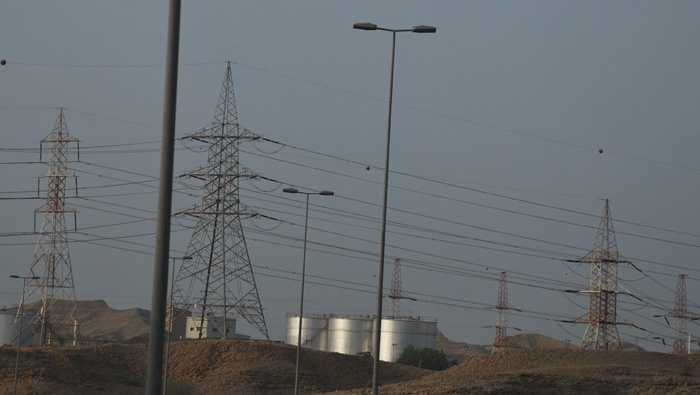
Muscat: Oman plans to start trial work for a spot market for electricity in 2019 and commercial operation in the following year. Spot market, an alternative route for power producers to sell electricity to the state-owned procurement company outside a long-term power purchase agreement, will enhance efficiency within the sector.
“The spot market for electricity will operate alongside the existing system of long-term power purchase agreements (PPAs) and power and water purchase agreements (PWPAs),” said Oman Power and Water Procurement Company (OPWP) in its report on seven-year outlook for power demand.
“The market rules will be generally modelled on those that have been developed in other countries with certain modifications relevant to Oman.” Oman Power and Water Procurement Company (OPWP) last year appointed a consultant for finding a new spot market pricing system.
The spot market is expected to increase the potential for competition in Oman’s power generation market, and to provide a mechanism to make available additional capacity that might otherwise not be readily accessible. This may include capacity associated with generators whose long-term supply contracts have expired or capacity in excess of contractually guaranteed capacity that plant owners have built into their facilities or that may be available under certain operating conditions.
“Prospective market participants are also expected to include captive power plants and others that are not currently contributing to grid supply. At present, OPWP has not assessed any value to potential additional peak capacity that may be made available via the spot market,” noted the seven-year outlook report.
Besides, plans are afoot to import and export power with other Gulf Cooperation Council states. OPWP is working with Oman Electricity Transmission Company (OETC), Authority for Electricity Regulation and Gulf Cooperation Council Interconnection Authority (GCCIA) to finalise the access conditions that will facilitate trade agreements.
The access conditions will establish rules and procedures that will allow Oman to import, export or exchange power with the other GCCIA member states. OPWP has arranged a trial capacity exchange in 2016, toward enabling this option as a confirmed alternative to current contingency resources such as temporary diesel generation.
Further, OPWP is exploring a prospective 400 kV interconnection from Nizwa to Duqm, PDO and Dhofar Power system. OPWP, OETC and PDO are working together under a memorandum of understanding to evaluate costs and benefits of the interconnection and to define the operating procedures needed to assure that benefits are realised. The expected benefits include fuel savings due to improved dispatch coordination among the power systems, access to areas with renewable energy potential, sharing of spinning reserves and improved grid security.
Meanwhile, Oman’s peak average annual growth in power demand for the next seven years within the areas of main inter-connected system (MIS) is projected at 8 per cent, from 5,565 megawatt in 2015 to 9,529 megawatt in 2022.